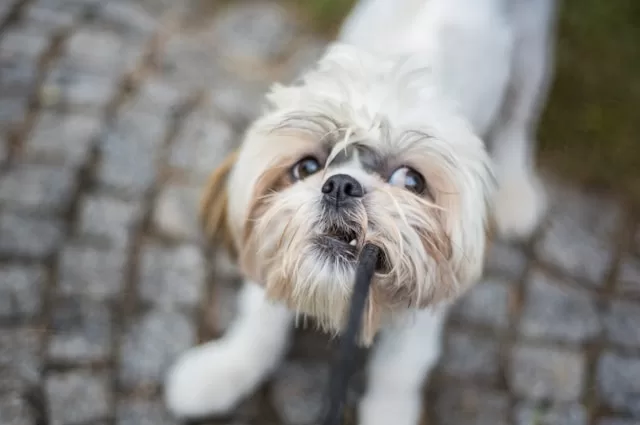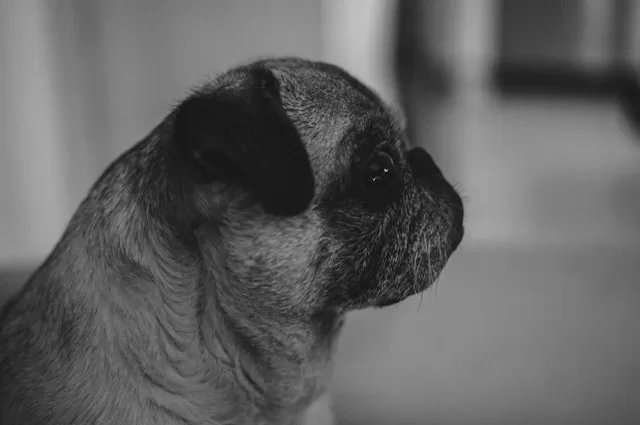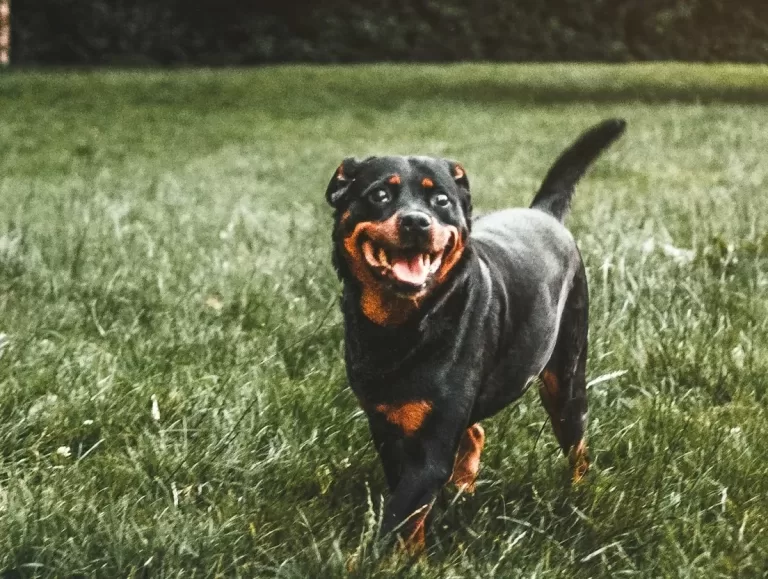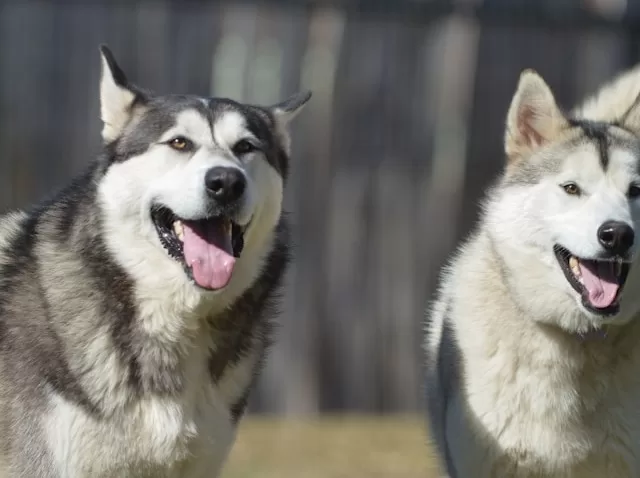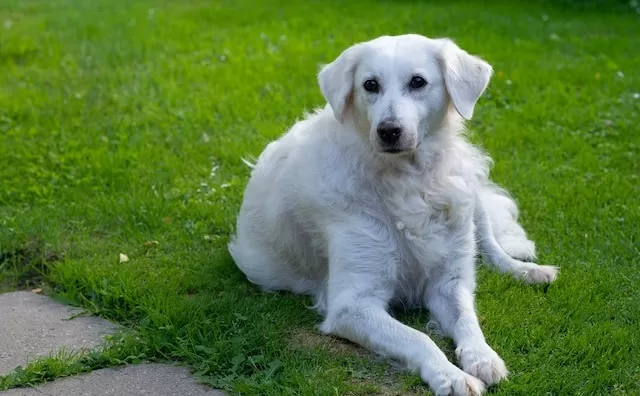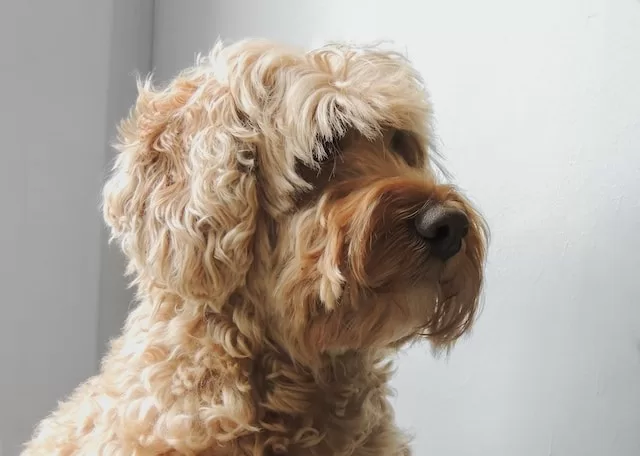Trimming your dog’s nails might seem like a daunting task, but with the right tools and techniques, it can become a simple and routine part of pet care. Dog nail clippers are essential for maintaining your furry friend’s paw health.
In this, we’ll guide you through the basics of choosing and using dog nail clippers to keep your pup’s nails in tip-top shape.
Why Trim Your Dog’s Nails?
Long nails in dogs can lead to discomfort, pain, and potential health issues. Overgrown nails can cause difficulty walking, joint problems and even injury. Regular nail trims are crucial to prevent these issues and keep your dog active and healthy.
Choosing the Right Nail Clippers
- Types of Clippers: There are three main types of dog nail clippers: scissor clippers, guillotine clippers, and grinder tools. Choose the type that you’re most comfortable using and suits your dog’s nail size.
- Size Matters: Select clippers that are appropriate for your dog’s size and nail thickness. Large dogs might need stronger clippers, while smaller dogs can do well with more delicate options.
- Quality Counts: Invest in good quality clippers with sharp blades. Dull blades can cause splintering and discomfort for your dog.
-
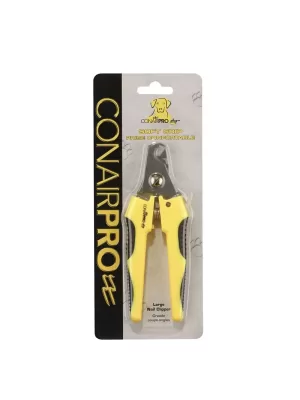 Conair Dog Nail Clippers (Large)AED 54.00
Conair Dog Nail Clippers (Large)AED 54.00 -
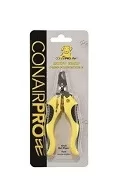 Conair Dog Nail Clipper (Small)AED 45.00
Conair Dog Nail Clipper (Small)AED 45.00 -
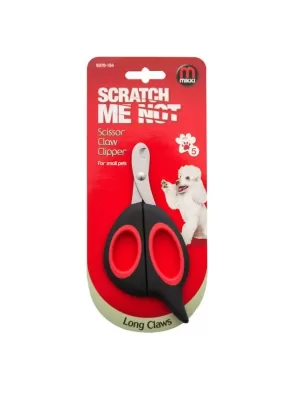 MIKKI SCISSOR CLAW CLIPPER FOR SMALL PETS NEWAED 44.00
MIKKI SCISSOR CLAW CLIPPER FOR SMALL PETS NEWAED 44.00
Getting Started
- Familiarize Your Dog: Introduce the clippers to your dog before attempting to trim their nails. Let them sniff and investigate the clippers to reduce anxiety.
- Handling Paws: Gently hold your dog’s paw, applying light pressure to extend the nail. This helps you get a clear view of the nail and its quick—the sensitive part you must avoid cutting.
- The Quick: The quick is the pink part of the nail that contains blood vessels and nerves. Avoid cutting into this area, as it can be painful and may bleed. Trim below the quick to be safe.
Step-by-Step Nail Trimming Process
- Start Slowly: Begin by trimming a small portion of the nail. If your dog has clear or light-colored nails, you can see the quick as a pink area. For dark-colored nails, trim small bits at a time.
- Angle Matters: Trim at a slight angle rather than straight across. This can help prevent splintering.
- Stay Calm: If you accidentally cut the quick and it bleeds, remain calm. Use styptic powder or cornstarch to stop the bleeding.
Reward and Praise
After each successful nail trim, offer your dog a treat and lots of praise. This positive association will help make future nail trims easier.
Frequency of Nail Trims
The frequency of nail trims varies. Some dogs might need monthly trims, while others can go longer between sessions. Regularly check your dog’s nails and trim when they start touching the ground to avoid overgrowth.
Overall
Trimming your dog’s nails might seem challenging at first, but with practice and patience, it becomes a routine task.
Using the right nail clippers and techniques ensures your dog’s comfort and well-being. Regular nail maintenance not only prevents health issues but also strengthens the bond between you and your furry companion.


